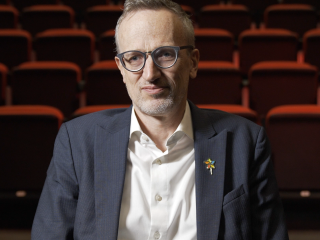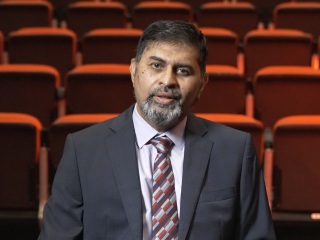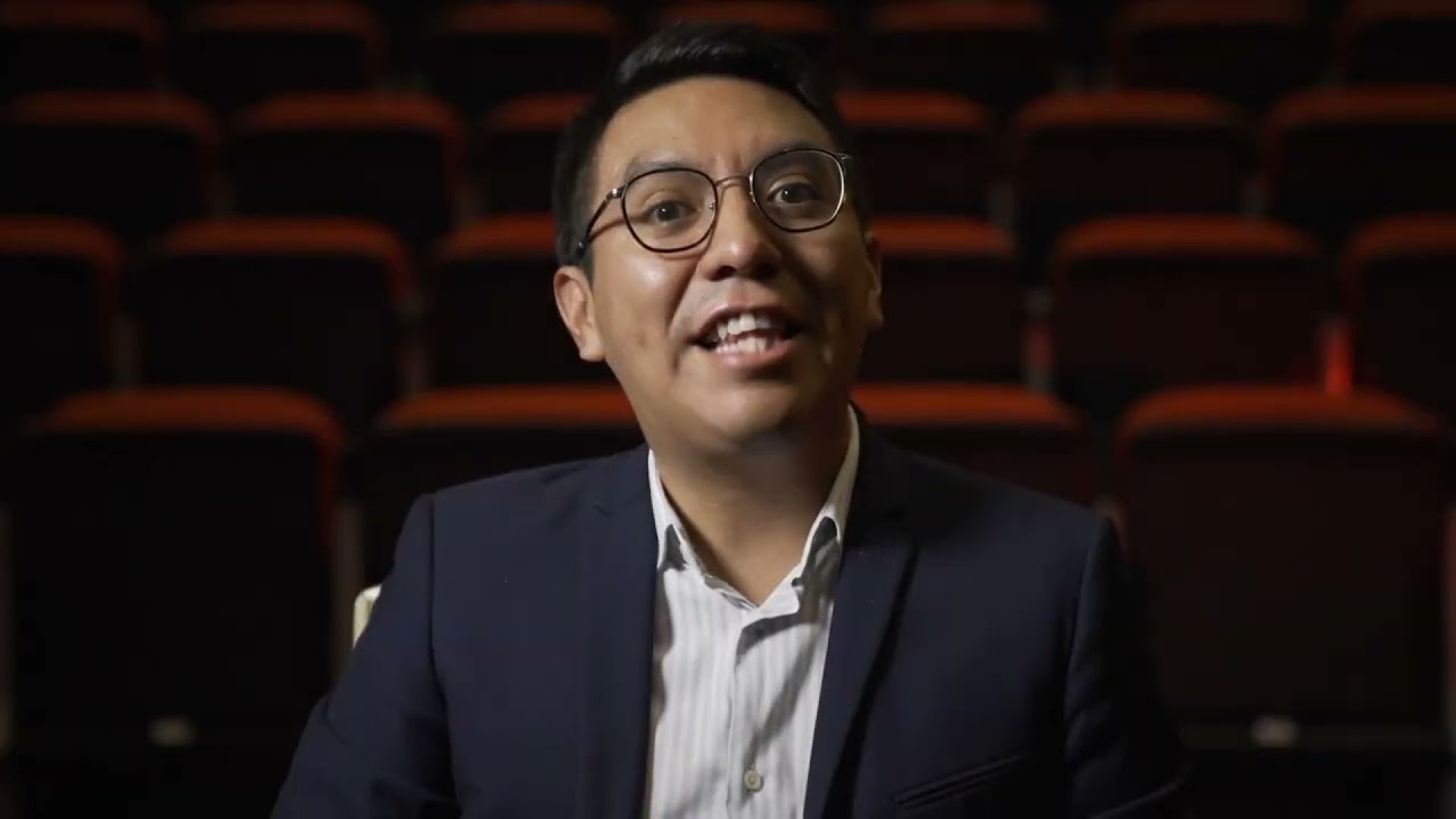End Child Labour
Want to join?
This free masterclass is available on eCampus, the ITCILO's online learning platform.
Globally, 160 million children aged 5 to 17 are in child labour. About half of them (79 million) perform hazardous work that places their health, safety, or moral development at risk.
But it doesn’t have to be this way. With the right policy approaches and practical responses, the end is in sight. Individuals, as well as regions, countries, and organizations, can make a difference for children.
This masterclass paves the way forward with simplified definitions, practical solutions, and concrete actions you can take to foster change. Hear from experts who attended the 5th Global Conference on the Elimination of Child Labour and how they are changing the story around child labour.
Key speakers
What will I learn?
Comprehending child labour definitions, understanding the prevailing global context, and recognizing its impact on the agriculture sector. Participants will delve into the crucial roles played by international cooperation, social finance, and effective communication in putting an end to this pressing issue. By exploring these avenues, individuals, groups, and organizations can identify key actions to advance the cause of eradicating child labour worldwide.
- Lesson 1: What is child labour?
Explore child labour's impact on education, health, and risks involved, with a focus on worst forms like hazardous work and trafficking. - Lesson 2: What is the state of child labour in agriculture?
Discover child labour's prevalence in agriculture, rural areas, and family-owned enterprises. Learn about solutions like education, social protection, and decent work. - Lesson 3: How might innovation end child labour?
Accelerate efforts to end child labour by prioritizing action, leveraging innovation, and fostering international cooperation. - Lesson 4: How might international cooperation end child labour?
Understand the role of international cooperation and financing in combating child labour, including partnerships and private sector involvement. - Lesson 5: How might social finance end child labour?
Learn how social finance can address child labour through adequate financial services, addressing root causes, and building resilience. - Lesson 6: How might communication and advocacy end child labour?
Harness advocacy and communication to drive change, showcase solutions, and raise awareness through global partnerships. - Lesson 7: How do we keep learning about child labour?
Stay informed on child labour with continuous learning, updates, and training available on Alliance 8.7 and ILO websites.
How will I learn?
In this series of 7 video lessons, you can engage in a flexible and self-paced learning experience, the lessons feature ILO specialists who share their stories and expertise, providing valuable insights. Once you feel confident in your understanding, you can put your knowledge to the test and earn a digital credential, validating your newfound expertise.





